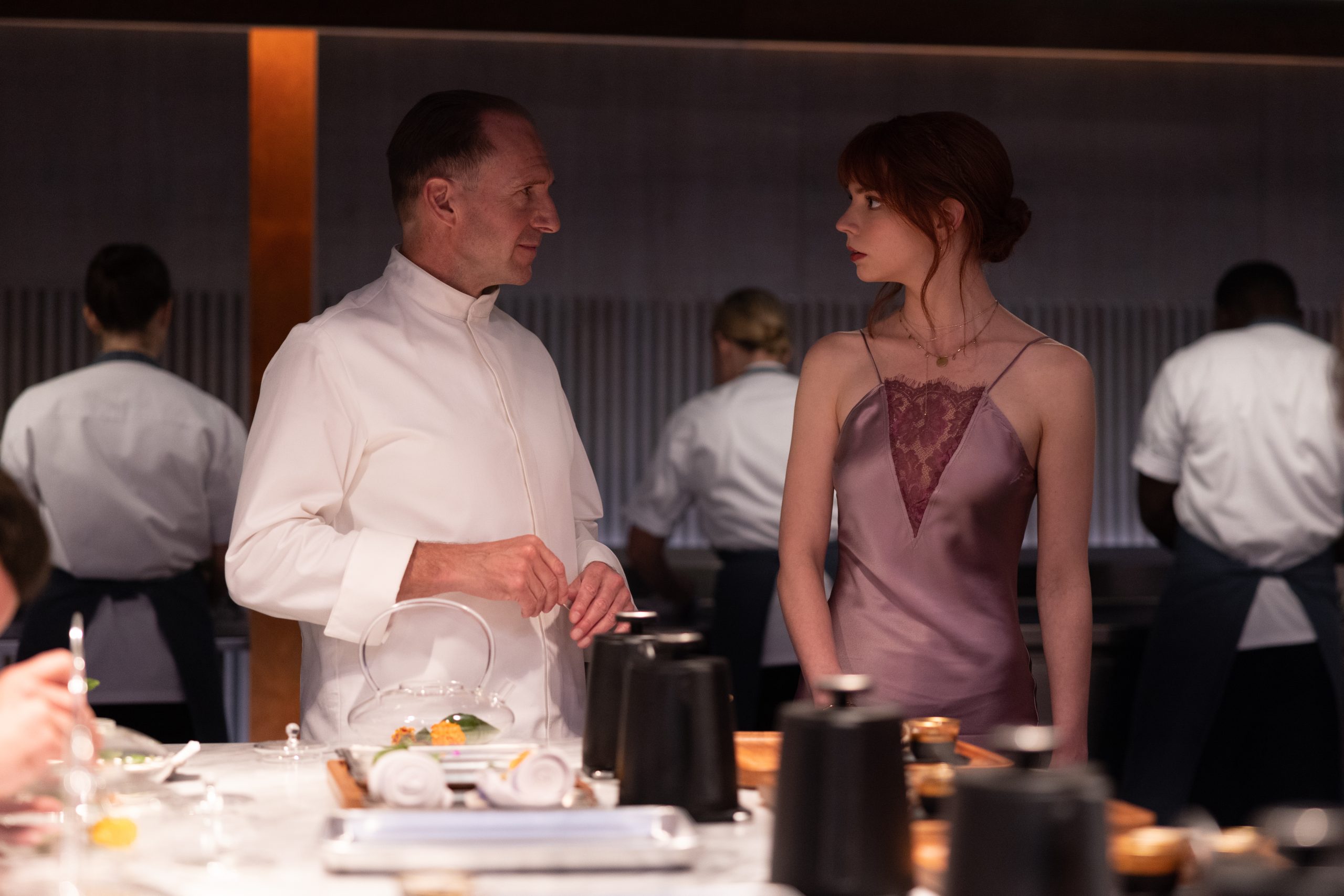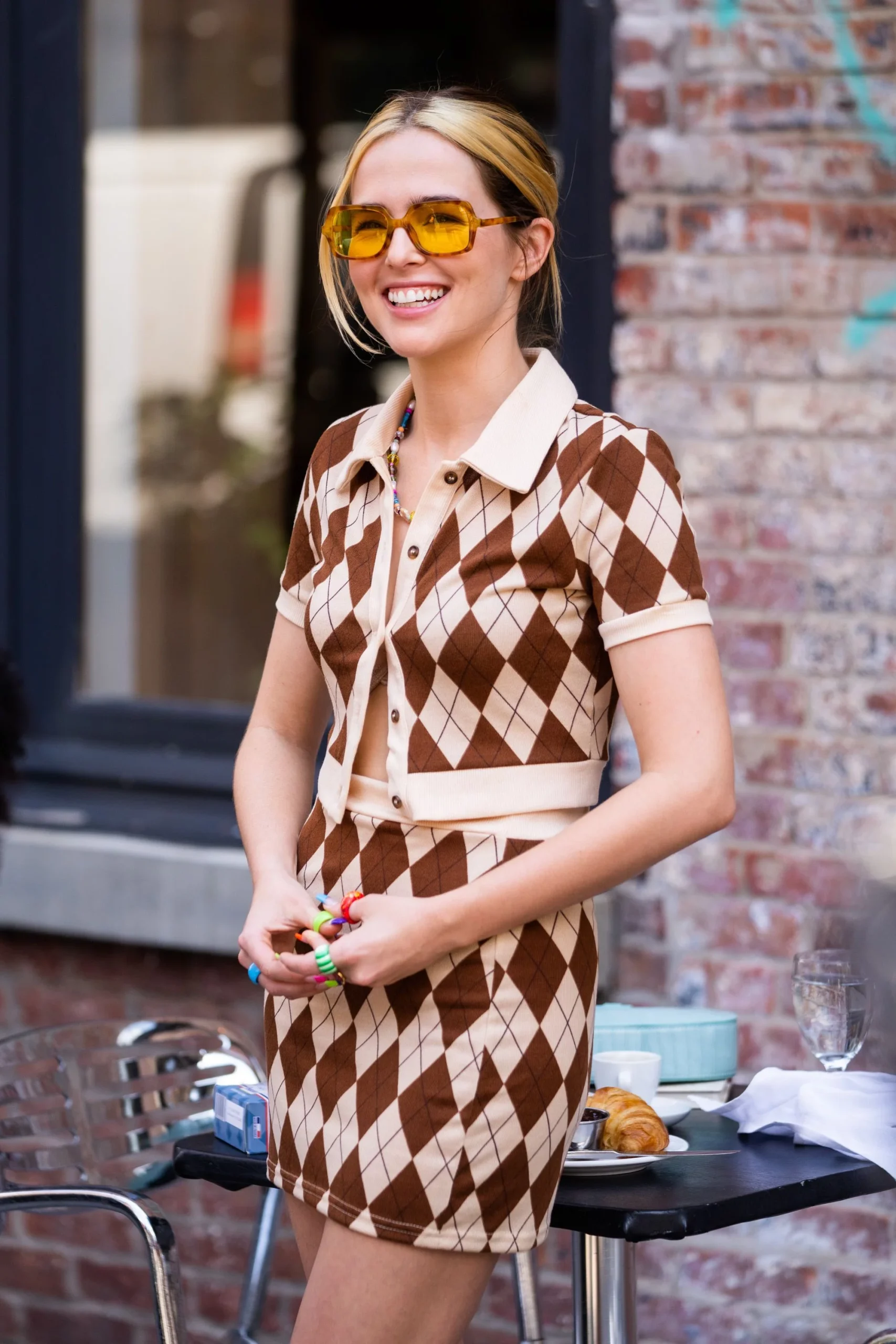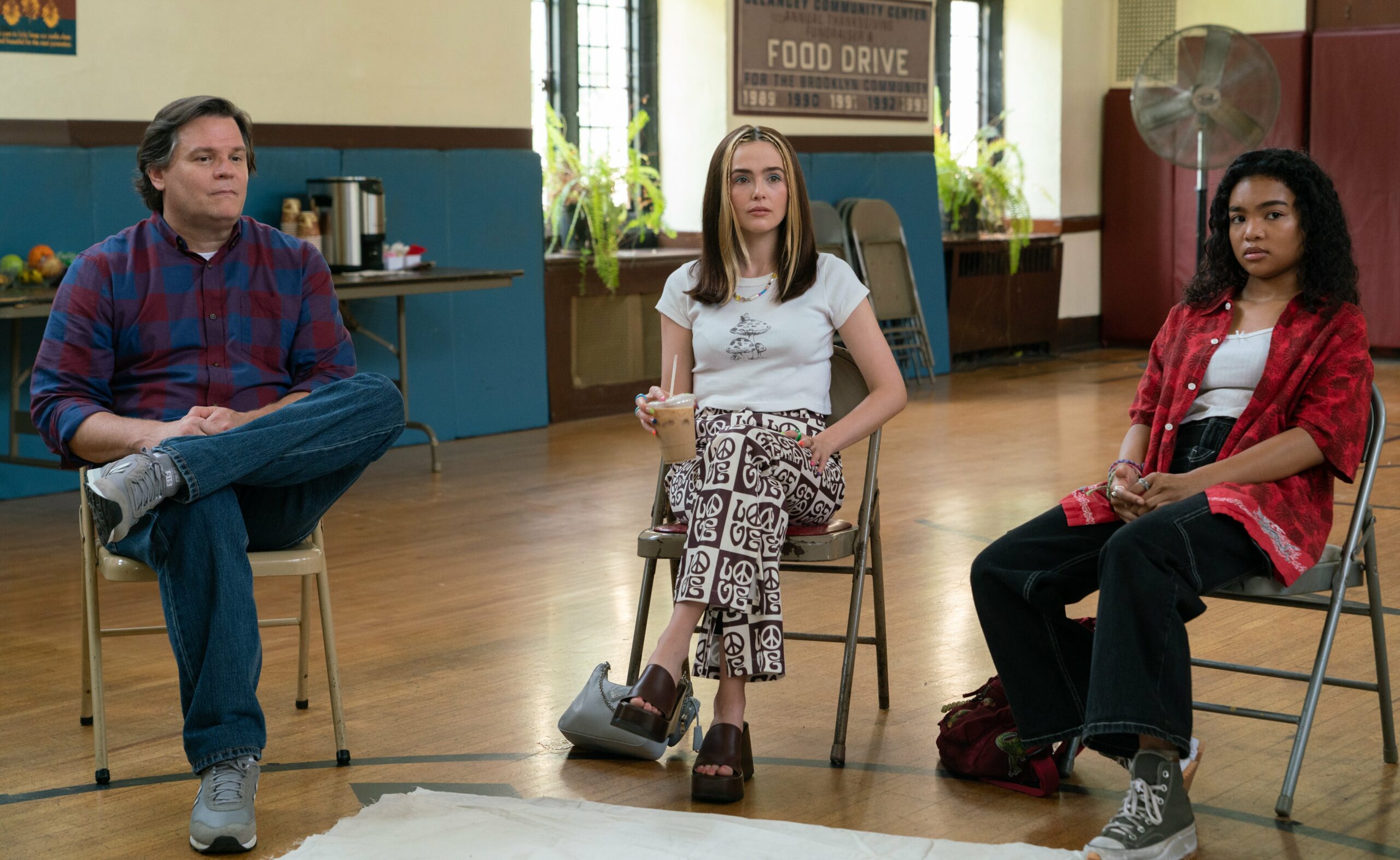From ‘Don’t Look Up’ to ‘The Menu’, satires seem to be dominating the current box office. Films and shows are commenting on class divisions, environmental catastrophes and political crises more and more. We’ve also witnessed a rise in different forms of satire, from Saturday Night Live sketches to talk shows such as Last Week Tonight with John Oliver or the Daily Show with Trevor Noah. When the BBC, back in 2017, explained how we’re entering the Golden Age of satire, their words ring true now more than ever before, “Satire is currently experiencing something of a purple patch in the Western world. In the US, there are no fewer than 24 nightly talk shows to guide fans through the day’s top stories.”
As a result of the chaos around us, the political nightmare of the Trump administration and environmental crises, we seem to have grown an appetite for satire.
It’s been a while since many of us learnt about satire in school, as a refresher – satire is a literary or film genre that is categorised by using humour, irony or exaggeration to comment on certain flaws in society or specific people. Though there are different forms of satire, with or without comedy, ultimately, satire is intended to be thought-provoking and insightful.

Photograph courtesy of Netflix

Photograph courtesy of Netflix

Photograph by Eric Zachanowich. Courtesy of Searchlight Pictures
In the realm of film, however, satire is often far more subtle, sometimes even a little too subtle. So subtle that people miss it. The misunderstanding of Fight Club, in particular, has led to polarised reactions. Some people understand the film as a satire that comments on, and critiques, fragile masculinity. On the one hand, some fans view the film as a valorisation of masculinity, regarding it as almost a ‘masculine manifesto’.
Costume design may be the last thing you think about when it comes to some of your favourite satirical films. As much as it does in the real world, fashion shapes and informs our perception of others and also reflects societal change. While the kind of maximalist style associated with Gen Z has been a point of ridicule for older generations, this aesthetic is a by-product of pandemic-induced nostalgia and the fast pace of trend cycles. Predictably, the more minimalist aesthetic could be a result of people cutting back on luxuries because of the rise in the cost of living, across the world.
When the dark comedy, ‘Not Okay’, was released last year, people could not help but talk about the protagonist, Danni Sanders (Zoey Deutch) and her outrageous outfits. The film provides a sharp critique of younger generations and internet culture, specifically through fashion. Would be satirical pieces often exaggerate certain elements, in an almost comical (in some cases entirely comical) way to comment on social ideologies and practices. In the case of ‘Not Okay’, the film explores internet culture, the obsession with appearance, the façades we present online and the possibly absurd lengths we go to, to achieve fame.
The costume design certainly caught the attention (and criticism) of viewers. Zoey Deutch’s character dons Y2K-inspired colourful clothing that dominated much of 2021’s global north Summer micro-trends. As a social media-obsessed twenty-something-year-old, Danni is influenced by trends, so she is seen wearing a lot of full of, “Instagram micro-trends, Emma Chamberlain nails, TikTok money piece hair”, writer and director of ‘Not Okay’, Quinn Shepard, explained to WWD.
“We knew that this summer, the trends would be very different. And that’s sort of also the point of it, that trends would move so quickly and we all jump on board things so quickly,” Deutch said to InStyle.

Photograph courtesy of Searchlight Pictures

Photograph courtesy of Searchlight Pictures
Watching this movie an entire year after these trends have died down really demonstrates how many micro-trends we’ve had this past year. These clothes are not only now considered out of fashion, but are what some may regard as ‘cheugy’. Cheugy (pronounced chew-gee) is the Gen Z neologism, that gained traction on Tiktok, primarily used to describe the exaggerated actions or style of the stereotypical millennial. “Cheugy can be used, broadly, to describe someone who is out of date or trying too hard,” American journalist Taylor Lorenz explains in a piece for The New York Times.
Similarly, Portia from the HBO series, ‘The White Lotus’, wears crocheted bucket hats, mismatched sets and ultra-trendy patterns, pieces that many would consider cheugy. “Portia’s also completely lost, and we wanted her wardrobe to reflect that,” the show’s costume designer, Alex Bovaird, explained to Vogue. “I also just see a lot of 25-year-olds dressing in a very haphazard, random way and borrowing things from different eras.”
With fashion trends coming and going every week, we’ve reached a point where nothing is really trending because everything is trending. Style and originality appear to be obsolete. The sheer overload of aesthetics on social media makes crafting a unique sense of style difficult. Danni and Portia both wear clothes they see on Instagram without any consideration of whether the item aligns with their style or matches the clothes in their wardrobes.
“Portia is consumed by TikTok and ‘the discourse,” Bovaird explained to W Magazine. “So we thought it would make sense that she is trying hard and that she follows the mish-mash trends. She makes bad choices and is lost, doing a random job, so whenever we got her dressed, we tried to tell this story in the clothes, too.”

Photograph courtesy of Warner Media

Photograph courtesy of Warner Media

Photograph courtesy of Warner Media
These costume choices are designed to get a reaction. For example, Emily, in ‘Emily in Paris’, notoriously dresses in Avant Garde, absurd clothes – the antithesis of the more respected simple “French girl aesthetic”. The show’s costume designer, Marylin Fitoussi, explained to Refinery29 that she intentionally wanted to challenge the stereotypes of French fashion and invert what we perceive ‘good style’ to be.
“Costumes convey information about this person at an exact moment in his or her life, even before one word of dialogue is spoken,” an Oscars Instructions guide to costume design explains. The clothing choices in recent satires, The White Lotus, Emily in Paris and Not Okay, do exactly that. The characters Portia, Emily and Danni all have one thing in common: chaos. A great aspect of these costume design choices is reflecting the lost identity of Gen Z through social media. The protagonists in each film are dressed to mimic Instagram feeds or Pinterest boards. The clothes reflect a desire to fit in, to find meaning amidst the political turmoil and impending environmental catastrophe we find ourselves faced with.
Specifically, when you compare the costumes of the other characters, Portia’s outfits appear uncoordinated, even a little dishevelled. In contrast to costars, Meghann Fahy or Aubrey Plaza, who play Daphne and Harper respectively, are seen dressed in expensive, chic ensembles that reflect their self-confidence and self-assuredness. For Portia, the chaos of her outfits, the almost ‘too trendy’ House of Sunny sweaters and crocheted pieces reflect a feeling of loss and confusion she has within. “I was talking to [creator] Mike [White] about Portia and her desperation, this extreme desire to feel alive, to feel like life is giving something to her, like she has a purpose in the world. It would make sense that this messy desperation would be reflected in what she wears,” Bovaird says.

Photograph courtesy of Searchlight Pictures

Photograph courtesy of Warner Media

Photograph courtesy of Warner Media

Photograph courtesy of Warner Media



















































